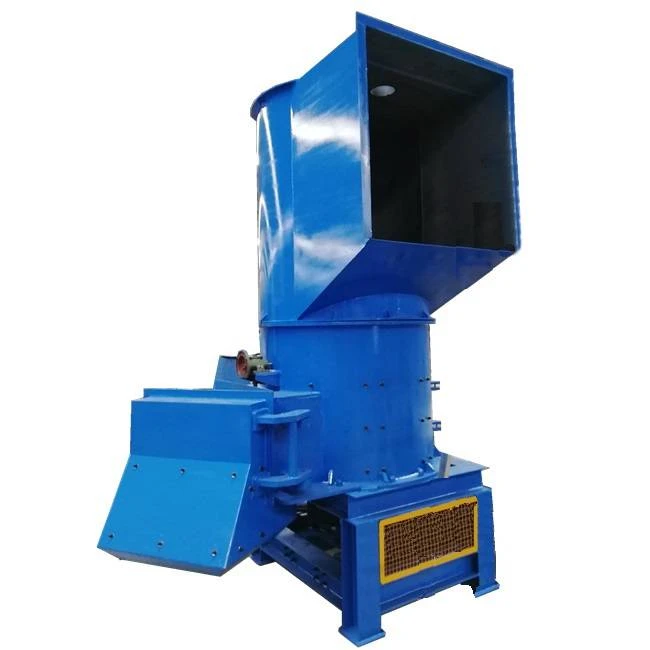
9 月 . 15, 2024 02:56 Back to list
Understanding the Crusher Hammer Mill A Comprehensive Overview
The crusher hammer mill is an essential piece of equipment in various industrial sectors, particularly in the fields of agriculture, recycling, and material processing. This machine is designed to crush materials into smaller, manageable sizes, making it versatile for various applications, including animal feed production, biomass processing, and mineral processing.
Working Principle
The crusher hammer mill operates on the principle of impact and attrition. When raw materials are fed into the mill, they encounter a series of rapidly spinning hammers that are mounted on a rotor. These hammers strike the material with significant force, breaking it down into smaller particles. The speed of the rotor and the design of the hammers are critical factors in determining the efficiency and final particle size of the processed material.
Materials that are typically processed include grains, wood, feathers, herbs, and various minerals. As the material is crushed, it passes through a screen, which determines the final size of the particles. The screen's mesh size can be adjusted, allowing for customization depending on the desired output.
Advantages of Hammer Mills
One of the defining advantages of the crusher hammer mill is its ability to handle a wide range of materials. This flexibility is crucial for businesses that require multi-purpose machinery. Additionally, the hammer mill is known for its high efficiency and low operational costs. The ease of maintenance, thanks to the accessible design, also makes it a favorable choice for many enterprises.

Moreover, these mills can be equipped with variable speed motors, allowing for precise control over the grinding process. This feature ensures that the material is processed uniformly, which is vital in applications like animal feed production, where consistency is necessary for livestock health.
Applications
The applications of the crusher hammer mill are vast. In the agricultural sector, it is commonly used to grind grains and other feedstocks, creating a more digestible product for livestock. In the biomass industry, hammer mills are pivotal in producing wood chips, pellets, and fuel for energy. Furthermore, in recycling, these mills can process scrap materials, transforming waste into reusable products.
In the mining and minerals sector, the hammer mill aids in the comminution process by breaking down ore into smaller, more manageable pieces, which can then be processed further for metal extraction.
Conclusion
In summary, the crusher hammer mill is a powerful and versatile equipment essential for various industries. Its ability to efficiently reduce material size, combined with its flexibility and ease of maintenance, makes it a staple in production lines across agriculture, recycling, and mineral processing. As technology advances, these machines continue to evolve, incorporating smarter controls and improved designs to meet the increasing demands of modern industrial processes. Investing in a quality hammer mill can lead to significant operational efficiencies and substantial cost savings for businesses aiming to enhance their production capabilities.
Latest news
Unveiling the Power of Eddy Current Separator
NewsSep.25,2024
Transform Your Home Recyclin:home metal shredder
NewsSep.25,2024
The Future of Waste Management with Recycling Line Picker
NewsSep.25,2024
The Benefits of a Metal Recycling Plant
NewsSep.25,2024
Revolutionize Material Separation with Onwang Technology
NewsSep.25,2024
Innovative Waste Management: Unveiling the MSW Sorting Plant
NewsSep.25,2024